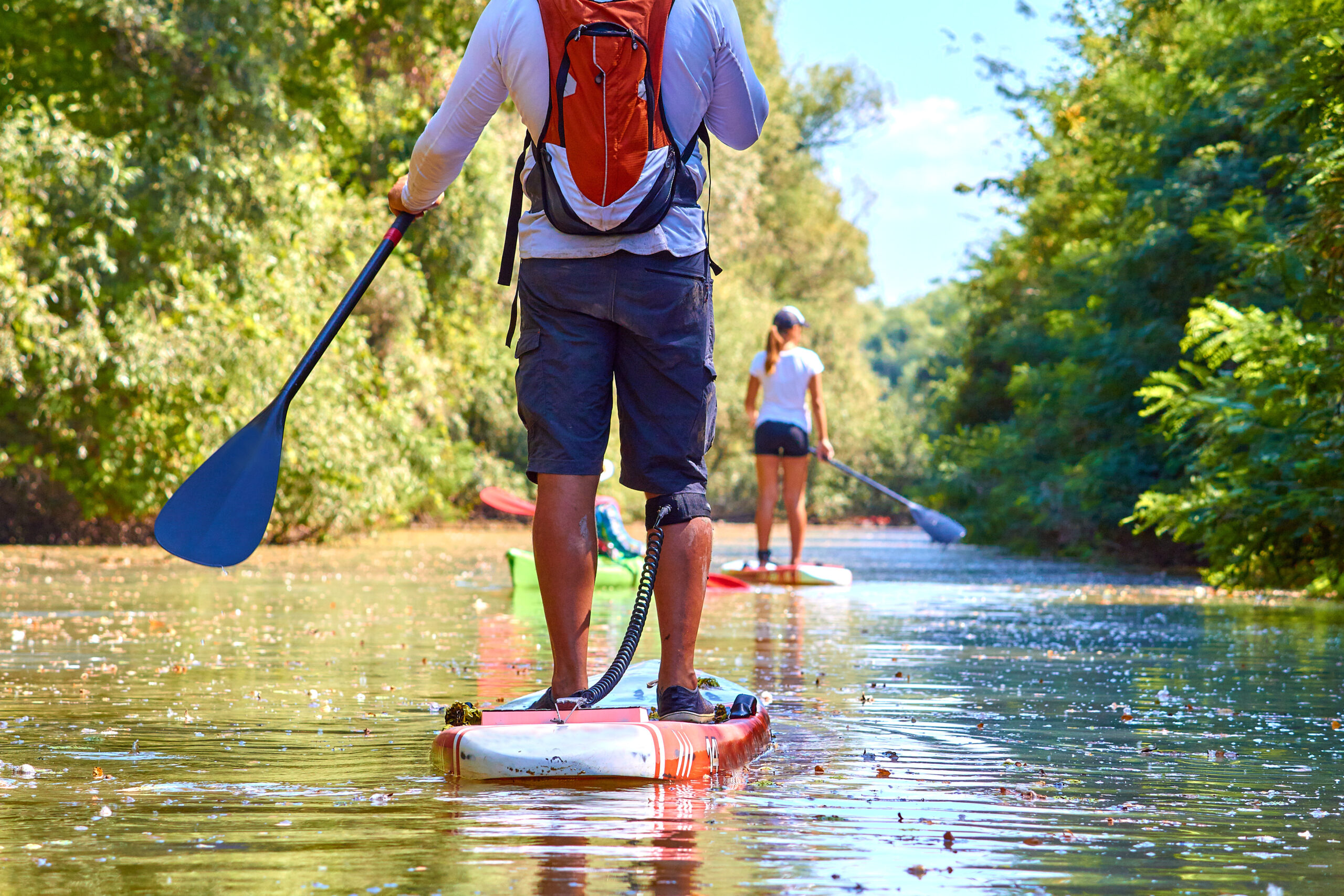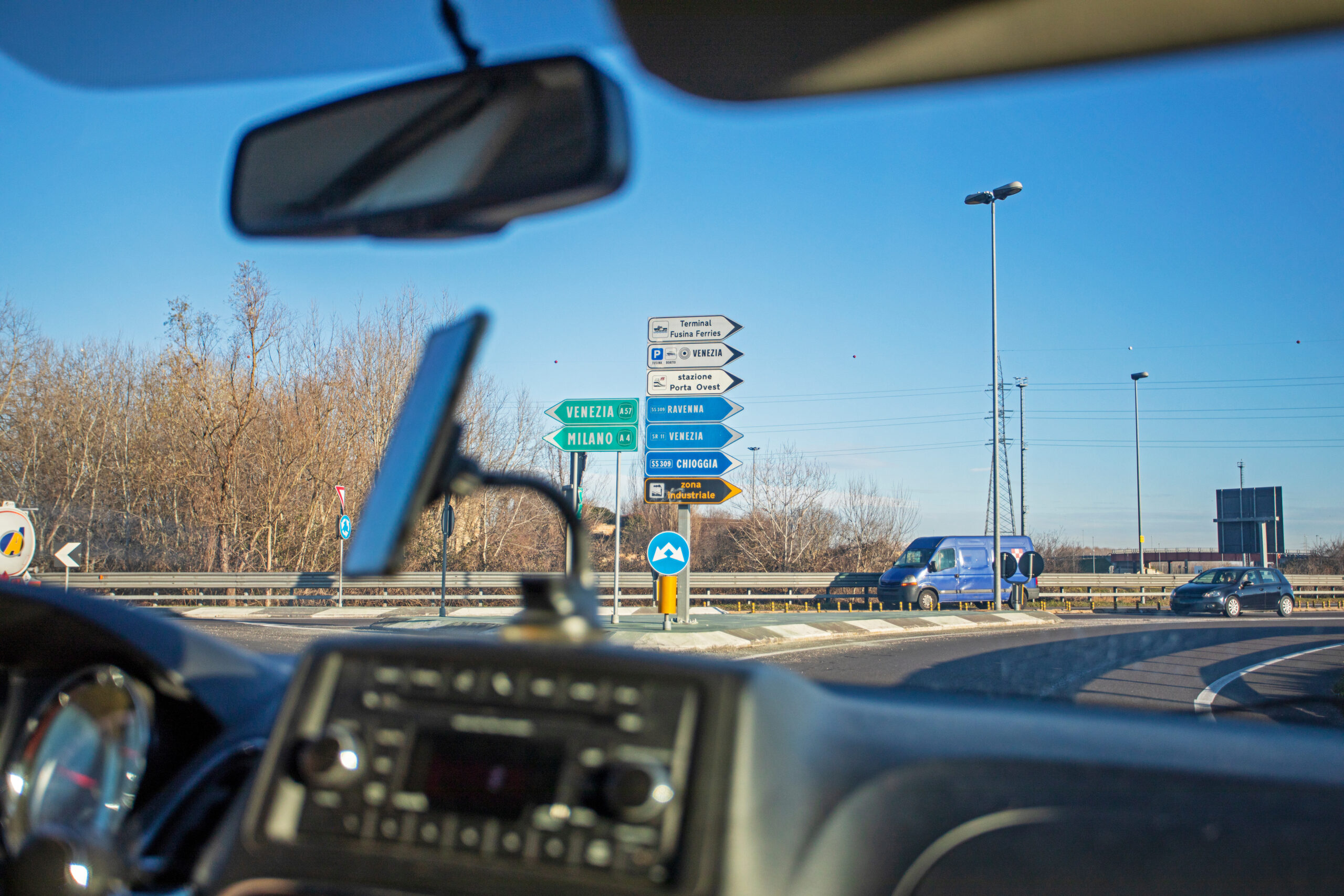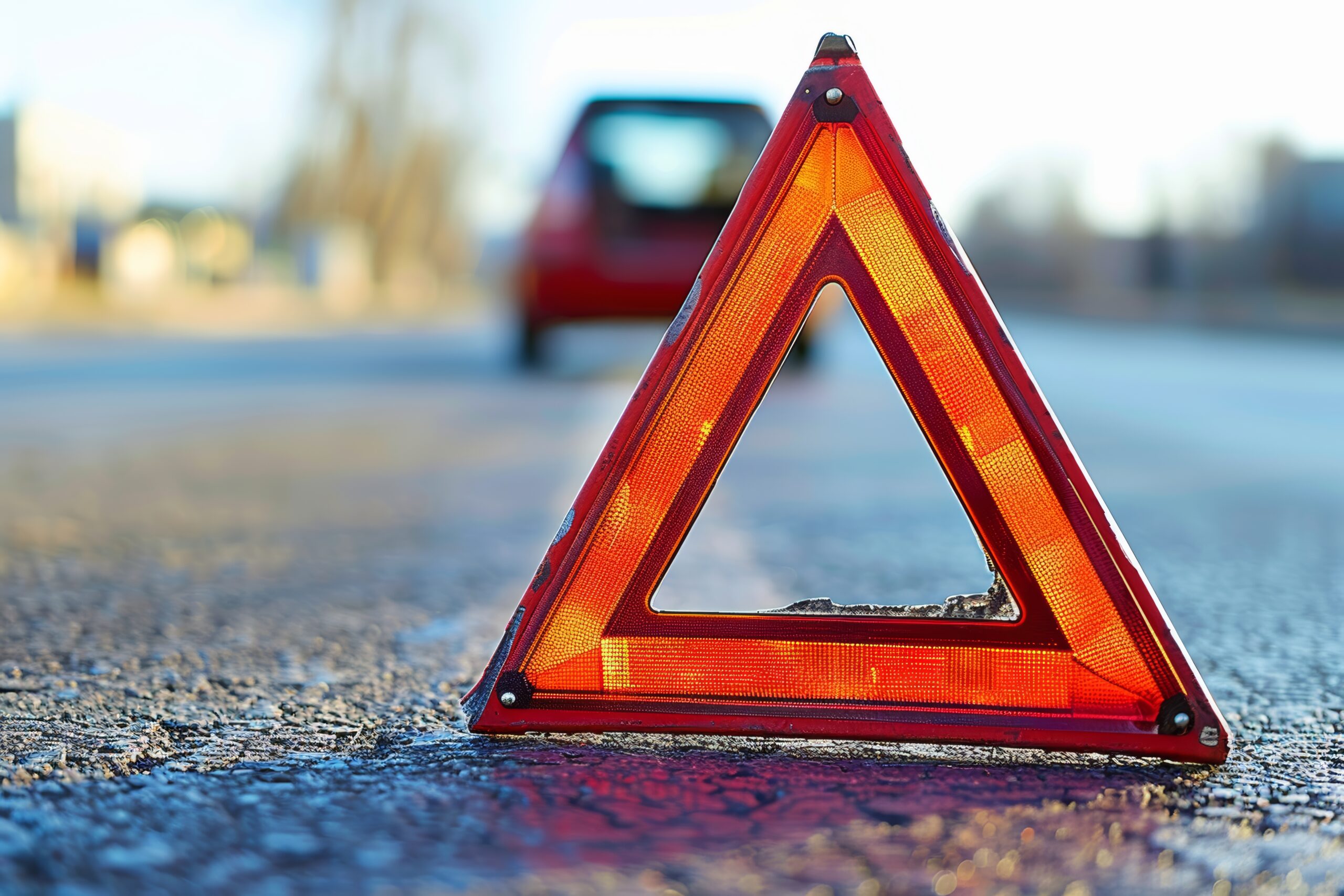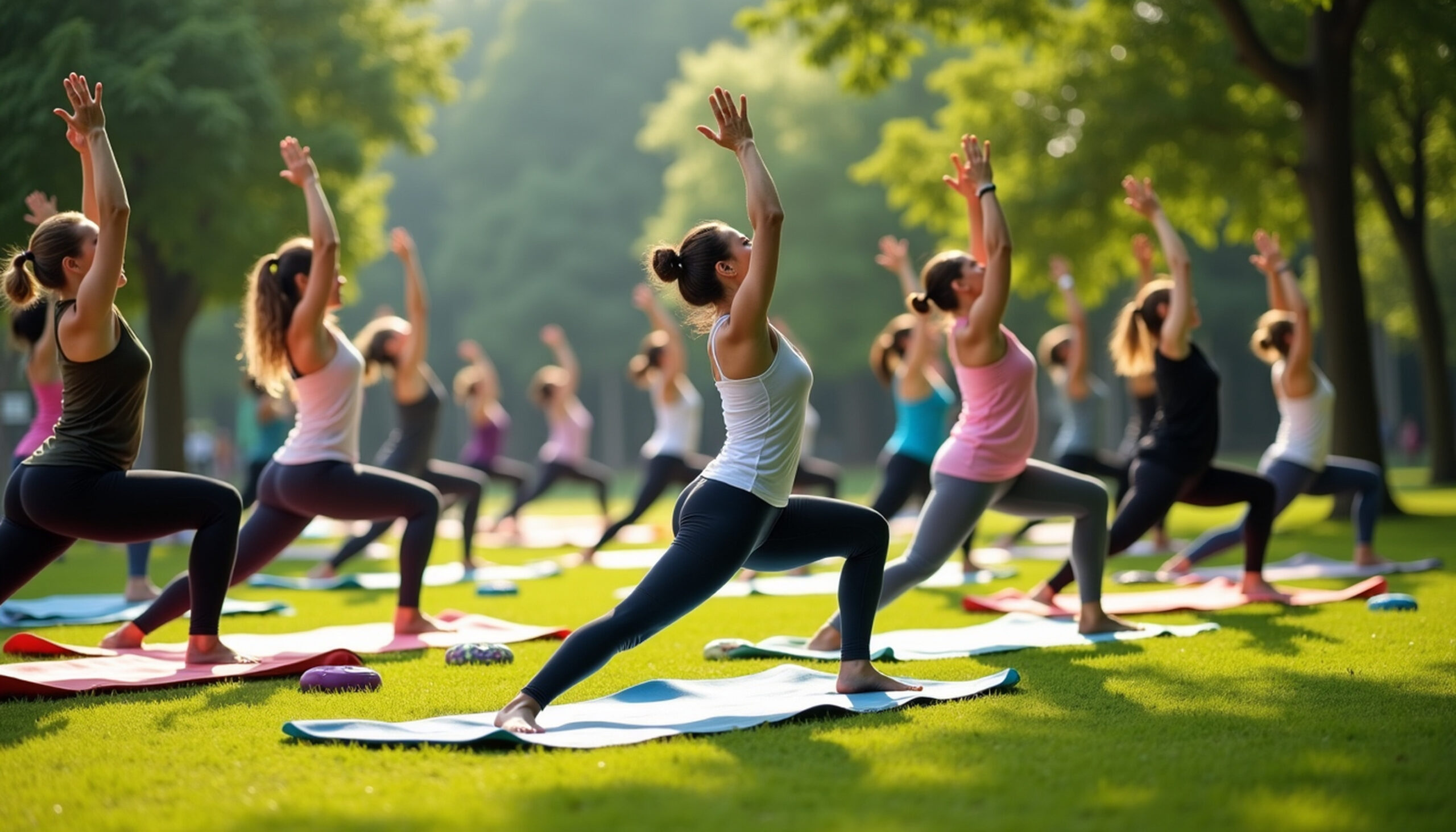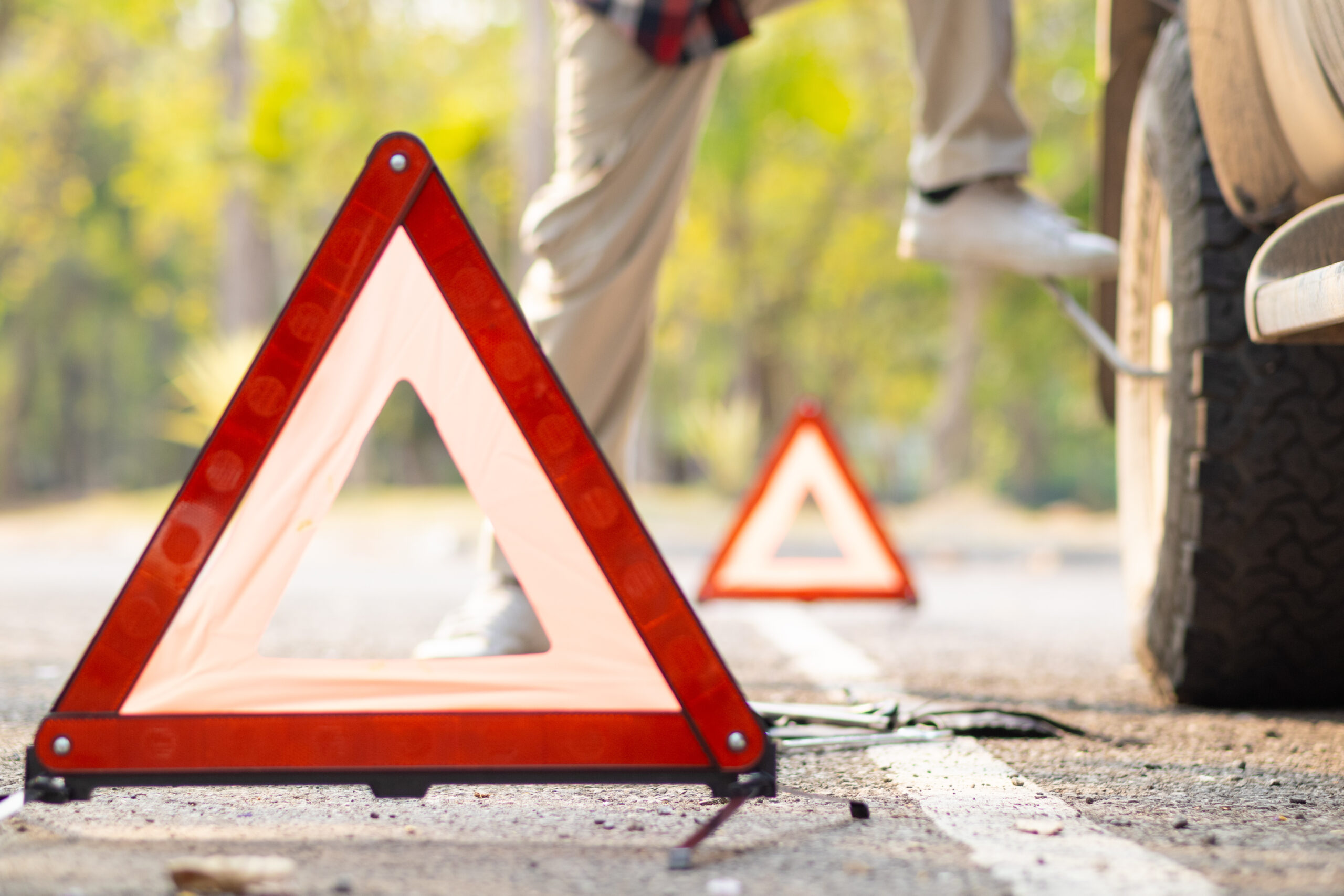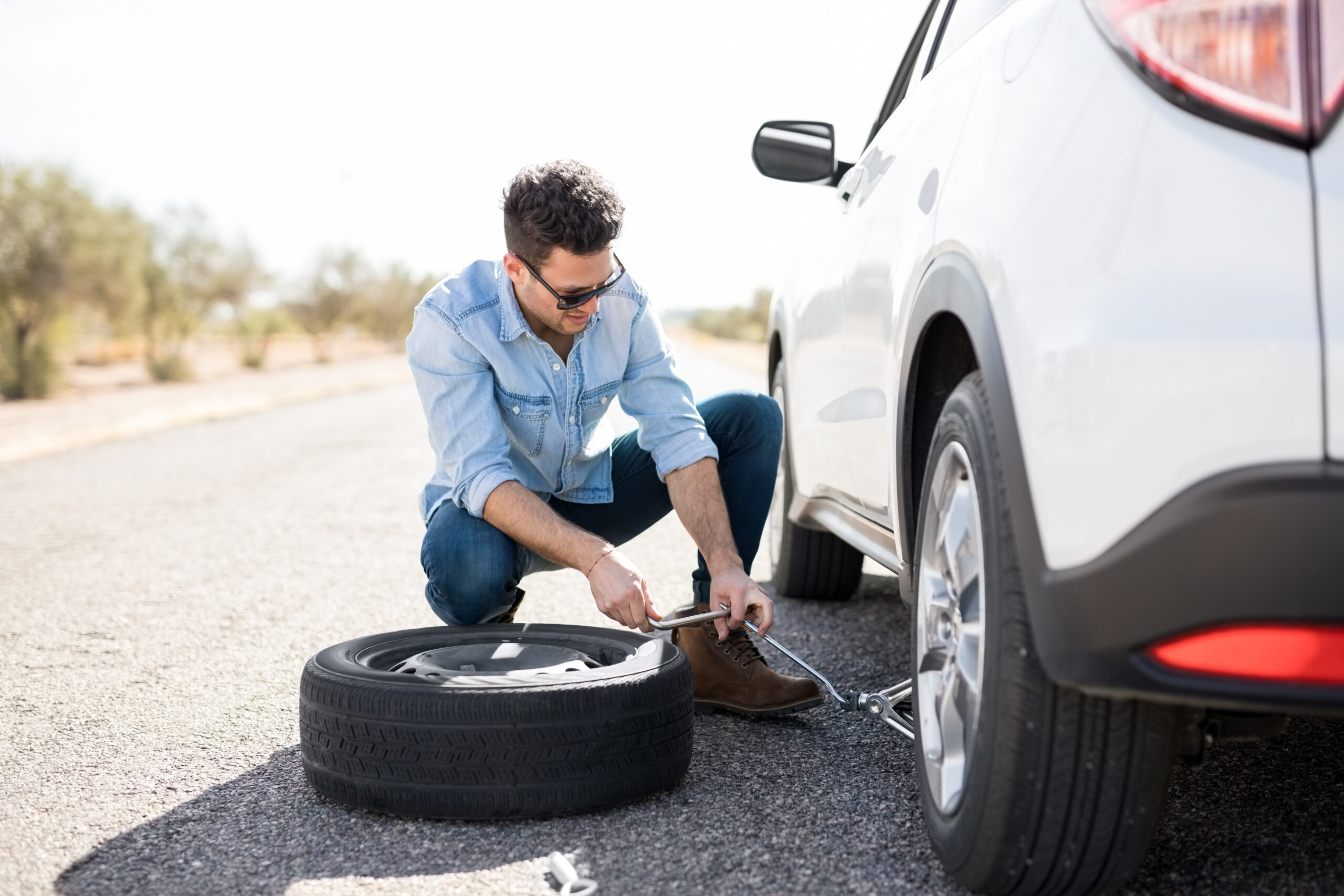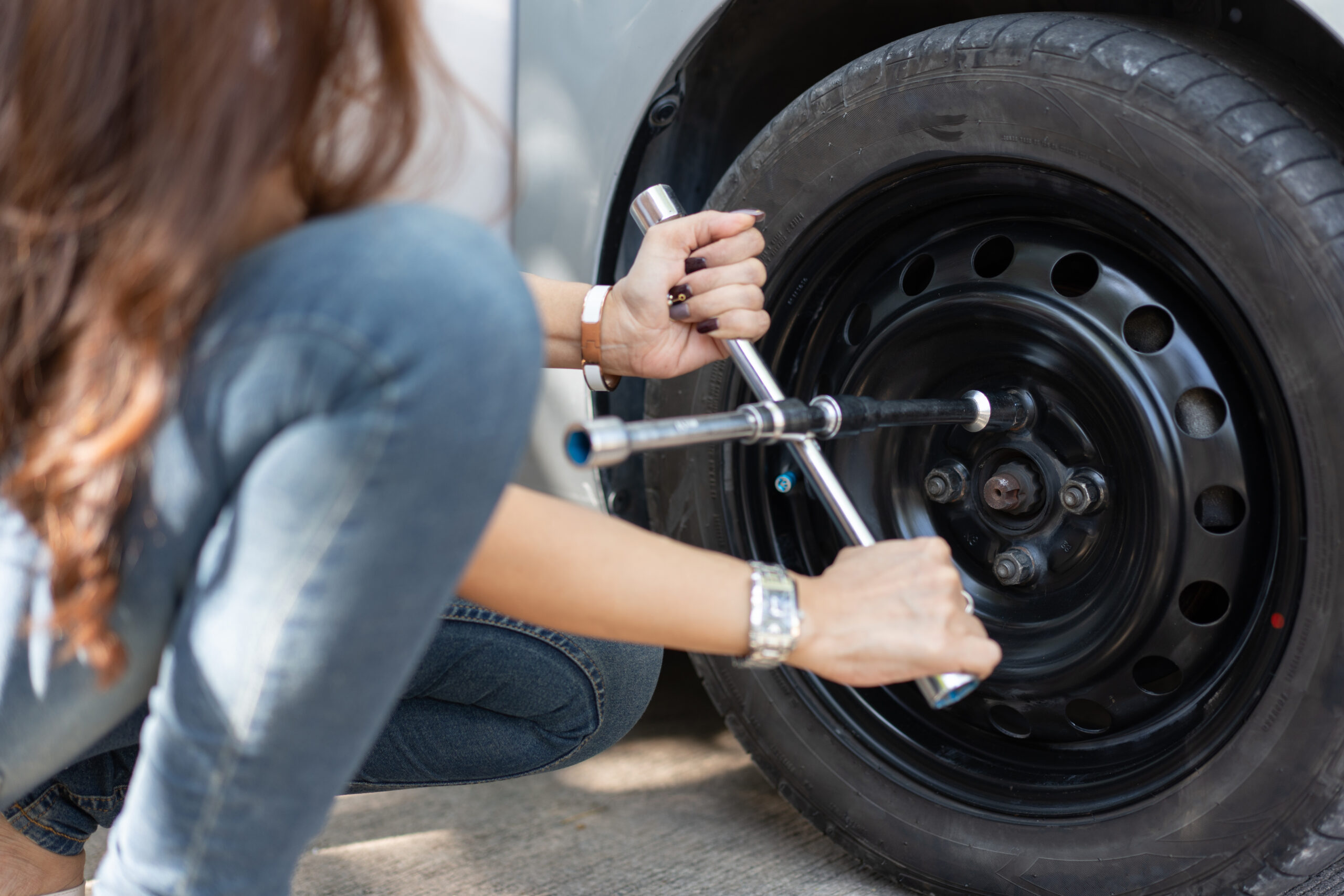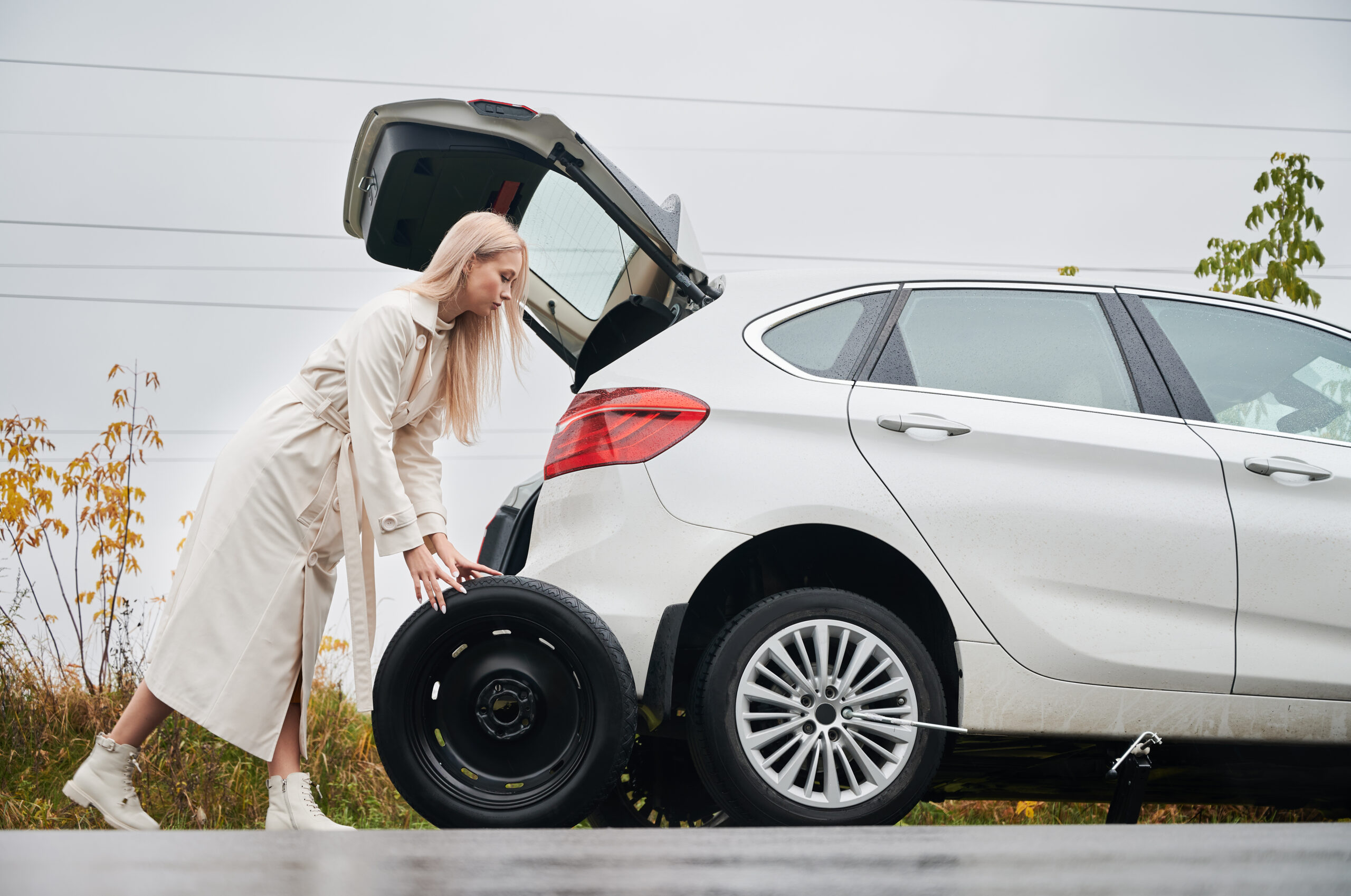Did you know Vavista’s Comprehensive Car Insurance earned a 5 Star Defaqto Rating? Defaqto experts assessed it as offering an excellent range of features and benefits, giving you peace of mind when choosing your cover. Plus, it includes free exclusive wellbeing benefits, making it a standout choice for those who want more than just insurance.
Defaqto analysts independently assess financial products, like car insurance, based solely on the quality of their features and benefits.
An independent UK-based business, Defaqto has analysed the financial market for over 30 years. It has the UK’s largest financial product database and uses a clear system to review thousands of products each year.
Defaqto awards Star Ratings on a scale from 1 to 5, with 5 Stars indicating an excellent product that includes a comprehensive range of high-quality features.
Why Defaqto Star Ratings Stand Apart from Customer Reviews:
- Experts drive the ratings: Defaqto analysts compile ratings using detailed product data and strict criteria.
- Reviews stay unbiased: Defaqto excludes price, provider size, and business relationships from its assessments.
- Stars reflect features: The ratings focus on product benefits and functionality, not customer service or pricing.
- Defaqto updates ratings annually: Analysts conduct a full yearly review and refresh ratings throughout the year for major product changes.
In conclusion: A Defaqto star rating gives you a reliable indication of how good a car insurance product is, based on what it includes, not what an individual customer thought about using it.

How Are Defaqto Ratings Calculated?
Defaqto uses commercial research from expert input, customer studies, and feedback from product providers. This ensures that only features that matter to consumers are considered. Here’s what the stars mean:
- ★ A basic product offering only a few features and benefits
- ★★ A product offering fewer than average features and benefits
- ★★★ A standard product providing an average level of features and benefits
- ★★★★ A product with a good level of features and benefits
- ★★★★★ An excellent product with a comprehensive range of features and benefits
Crucially, Defaqto maintains editorial independence, ensuring their ratings remain free from commercial influence.
What Are Customer Review Ratings?
Alternatively, there are customer ratings from sites like Trustpilot and Reviews.io. These scores reflect the experiences and opinions of actual users of car insurance products. Car insurance providers usually invite customers to leave a star rating and comment after using the service, allowing them to share their personal opinions.
Key points about customer review ratings:
- Based on personal experience: They reflect how customers felt about the service. Reviews will usually cover how easy the product was to buy, understand and use. Reviews are influenced by the customers’ expectations and specific experiences.
- They Can Change Daily: They are based on averages, so ratings can change rapidly based on new feedback.
- More Customer Service Focused: Most reviews relate to the company’s customer service rather than the product.
While customer reviews can highlight red flags such as poor service or common frustrations, they may not reveal much about the actual quality or suitability of a product for your needs. For more information, visit https://www.defaqto.com/star-ratings

Should You Trust Defaqto Star Ratings or Customer Review Ratings?
You don’t need to choose between Defaqto and customer review sites – using both together can help you make an informed decision on purchasing the best car insurance product for you.
Why Both Ratings Matter
A product may have a 5 Star Defaqto rating for its features but still get mixed customer reviews, for example if customer service isn’t up to scratch. Likewise, a product with great reviews might miss key features you need – something Defaqto highlights.
Customer reviews show service experiences, but Defaqto Star Ratings give clear, expert insight into what’s included, making it easier to compare products and ensure you’re not missing essential cover.
Get a Car Insurance quote today!
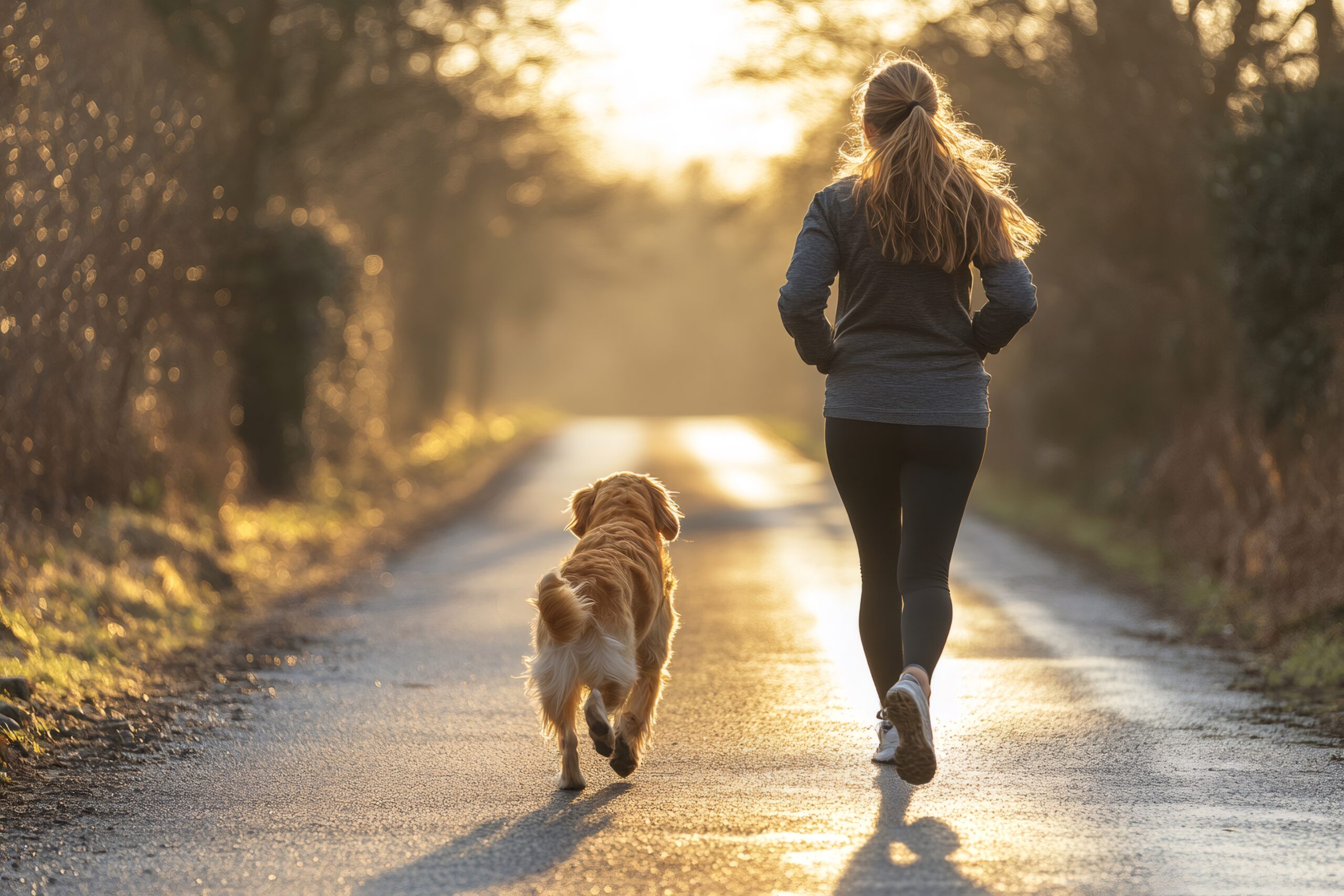






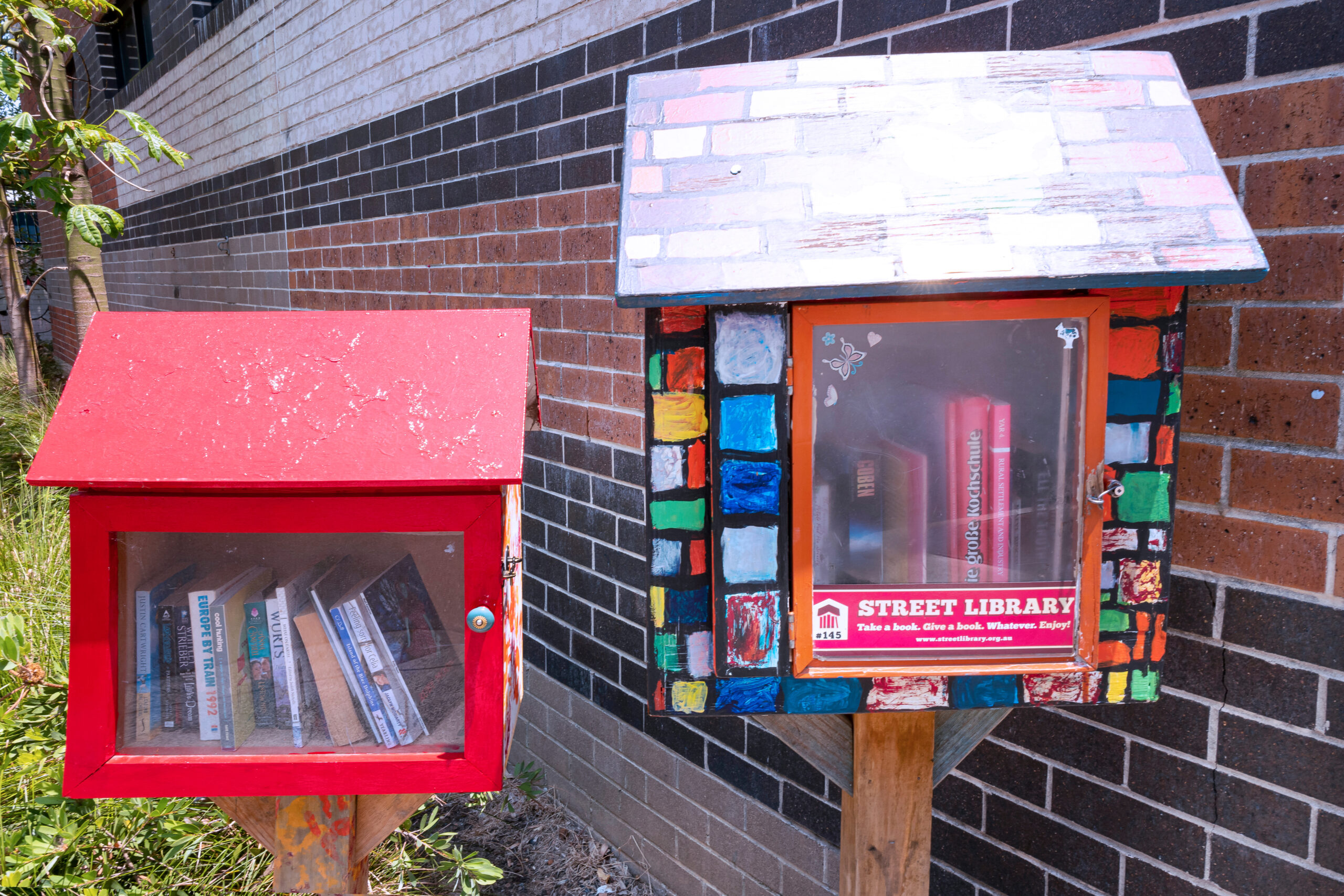

 Want to unleash your creativity without reaching for a drink? These DIY creative hobbies are a fun way to relax, learn new skills, and express yourself alcohol-free.
Want to unleash your creativity without reaching for a drink? These DIY creative hobbies are a fun way to relax, learn new skills, and express yourself alcohol-free.